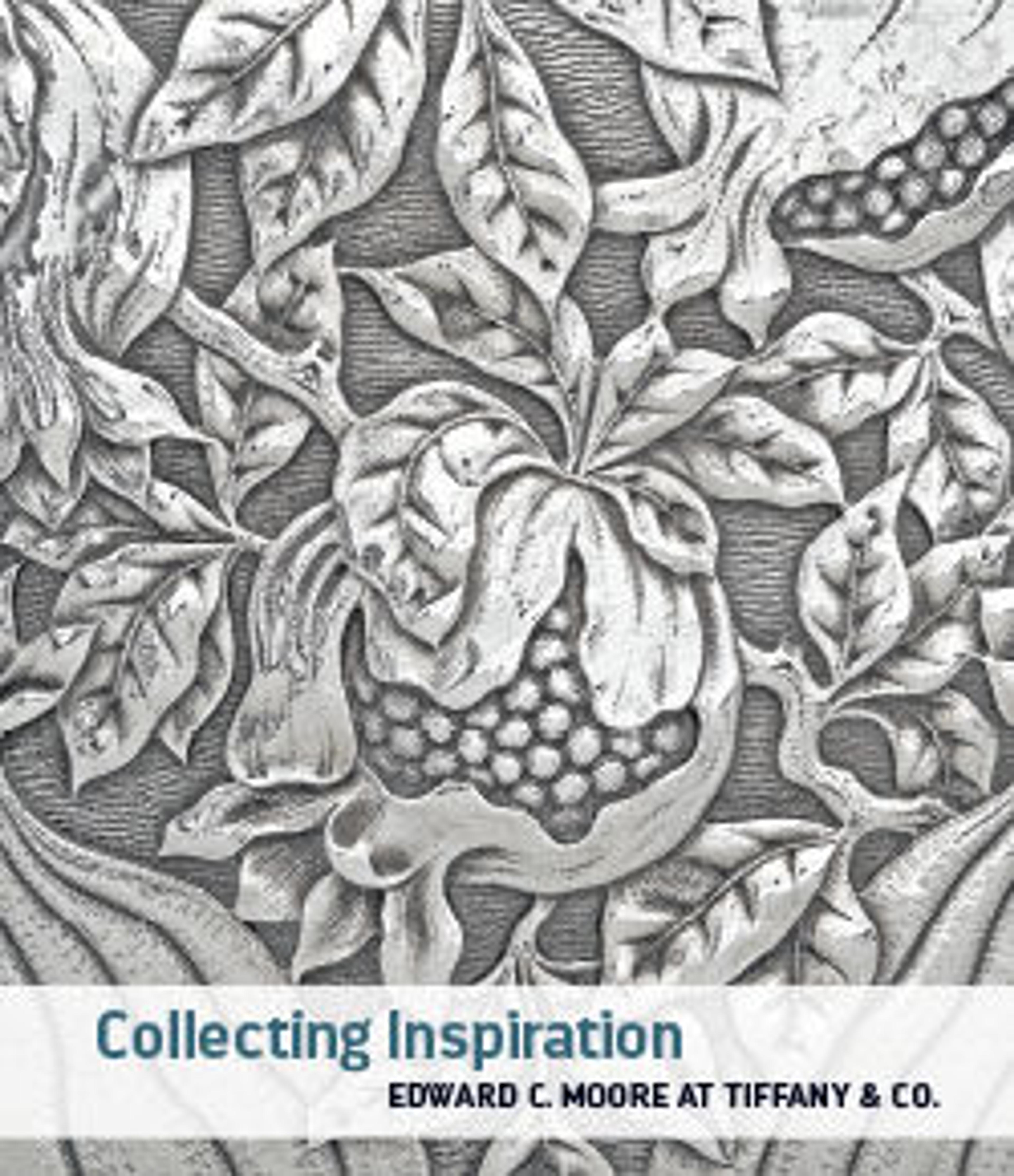Glass gold-band mosaic scyphus (drinking cup)
Translucent cobalt blue, deep honey brown, turquoise green, opaque white, and colorless enclosing gold leaf.
Applied vertical coil rim, with slightly rounded top edge; convex curving side tapering downward; applied splayed base ring with flat bottom edge; slightly convex bottom; two ring handles, applied in carved back rectangular pads on upper side and below rim, with flat thumb-rests above rings and projecting wings above and below.
Gold-band mosaic pattern formed from polygonal sections of serpentine layered canes in combinations of blue with white central line, brown with white central line, colorless with gold leaf, and green; the length is wound three times round body, being fused together across bottom; a blue network cane wound spirally with a white thread is attached as a rim.
Reassembled from over 250 fragments, with many remaining holes; pitting, weathering, and patches of iridescence.
Most late Hellenistic glass drinking cups are made of colorless or monochrome translucent glass. This example is highly unusual in that it is made from fused canes of polychrome mosaic glass, which include bands of gold leaf between two layers of colorless glass. The cup, despite its fragmentary condition, is probably the largest surviving example of an ancient vessel made using gold-band glass. It may have been made for the luxury market in Rome.
Applied vertical coil rim, with slightly rounded top edge; convex curving side tapering downward; applied splayed base ring with flat bottom edge; slightly convex bottom; two ring handles, applied in carved back rectangular pads on upper side and below rim, with flat thumb-rests above rings and projecting wings above and below.
Gold-band mosaic pattern formed from polygonal sections of serpentine layered canes in combinations of blue with white central line, brown with white central line, colorless with gold leaf, and green; the length is wound three times round body, being fused together across bottom; a blue network cane wound spirally with a white thread is attached as a rim.
Reassembled from over 250 fragments, with many remaining holes; pitting, weathering, and patches of iridescence.
Most late Hellenistic glass drinking cups are made of colorless or monochrome translucent glass. This example is highly unusual in that it is made from fused canes of polychrome mosaic glass, which include bands of gold leaf between two layers of colorless glass. The cup, despite its fragmentary condition, is probably the largest surviving example of an ancient vessel made using gold-band glass. It may have been made for the luxury market in Rome.
Artwork Details
- Title: Glass gold-band mosaic scyphus (drinking cup)
- Period: Early Imperial
- Date: late 1st century BCE–early 1st century CE
- Culture: Roman
- Medium: Glass; cast and cut
- Dimensions: H.: 4 1/2 in. (11.5 cm), W: 9 13/16 (25 cm), Diam.: 7 1/16 in. (18 cm)
- Classification: Glass
- Credit Line: Edward C. Moore Collection, Bequest of Edward C. Moore, 1891
- Object Number: 91.1.2053
- Curatorial Department: Greek and Roman Art
More Artwork
Research Resources
The Met provides unparalleled resources for research and welcomes an international community of students and scholars. The Met's Open Access API is where creators and researchers can connect to the The Met collection. Open Access data and public domain images are available for unrestricted commercial and noncommercial use without permission or fee.
To request images under copyright and other restrictions, please use this Image Request form.
Feedback
We continue to research and examine historical and cultural context for objects in The Met collection. If you have comments or questions about this object record, please contact us using the form below. The Museum looks forward to receiving your comments.
